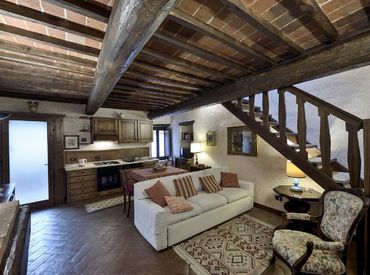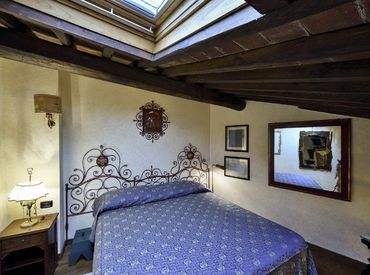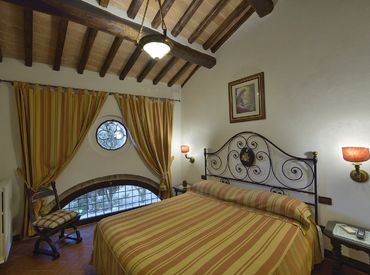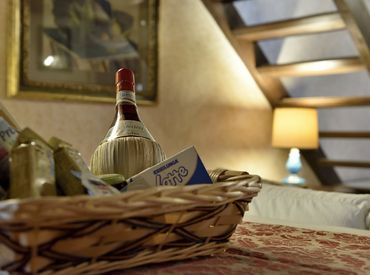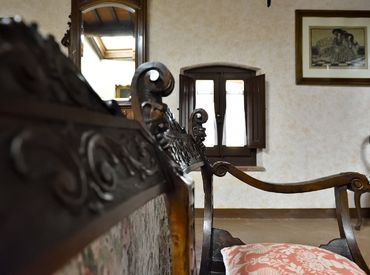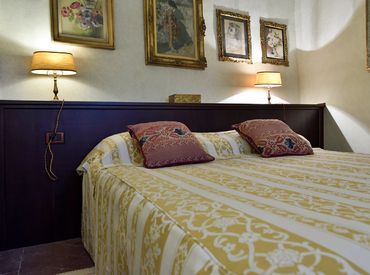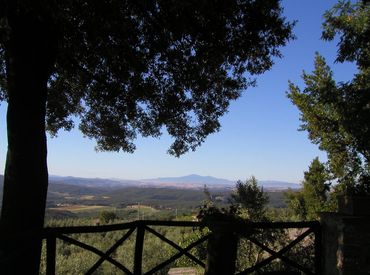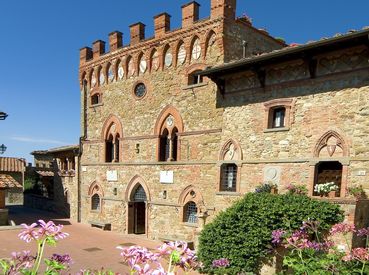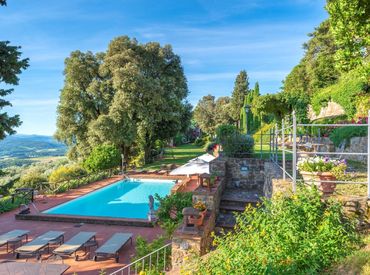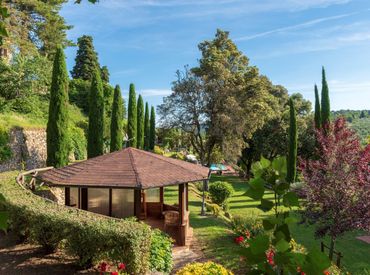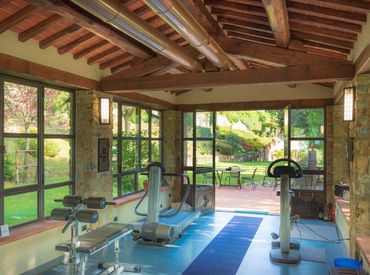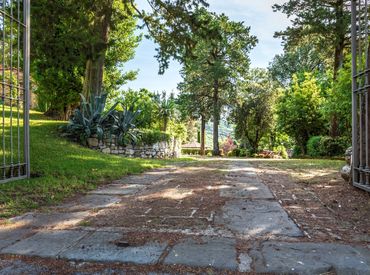Castelletto di Montebenichi
Historical residence
Welcome to Montebenichi! A stay in an authentic hamlet of Chianti that welcomes you to enjoy Tuscany from inside in total quietness and learn about this beautiful region rich in art, history and culture.
Minimum stay 3 nights
Learn more
Minimum stay 3 nights

Fabiana
gennaio 2021
Meraviglioso soggiorno. Il signor Marco è di una gentilezza e disponibilità unici. Il castelletto è bellissimo, gli appartamenti perfettamente puliti e dotati di tutto quello che possa servire. La piscina è un'oasi di pace e bellezza. C'è anche la palestra con vista sulle colline del Chianti, una sala lavanderia e diversi angoli in cui sederti a leggere un libro o semplicemente a contemplare la pace e la bellezza del posto. Una sera il signor Marco ha offerto agli ospiti un delizioso aperitivo, facendoci visitare il Castelletto, un vero gioiello! Punto di partenza perfetto per girare le colline del Chianti e la Val D'Orcia. Super consigliato per un soggiorno rilassante, romantico e culturale. Speriamo di tornarci presto!
nytexan
ottobre 2019
Siamo stati incredibilmente fortunati a trovare quest’albergo. Ci trovavamo lì verso la metà di luglio 2006 e abbiamo trovato il Castelletto su Internet. Siamo dovuti andare in salita per un bel po’, ma una volta arrivati e lo abbiamo visto era fantastico. Si trova nel cuore della Toscana ed è il vecchio castello di un villaggio e ha 5-6 ville che lo circondano. È stato ristrutturato in modo tale da farlo diventare un B&B a cinque stelle. Le camere sono “vecchie”, ma anche così autenticamente italiane e hanno tutti i comfort. La vista è mozzafiato; ci sono uliveti, vigne e fiori dovunque. Nelle vicinanze ci sono dei vigneti che si possono visitare. Ci sono anche dei magnifici ristoranti. Nel cortile di questo vecchio castello abbiamo visto gli abitanti del luogo seduti sui gradini a parlare e lì vicino gli uomini che giocano a carte. La colazione era di gran lunga la migliore che abbiamo avuto in Italia e il personale era invisibile e perfetto. Questo posto è divino e starci è un’esperienza bellissima. Ci sarebbe davvero piaciuto starci più a lungo.
tanati
agosto 2019
Dopo aver soggiornato a Montepulciano e aver visitato Avignonesi e Cortona, dovremmo trasferirci nella regione del Chianti. Sono orgoglioso di me stesso come ho scelto questo hotel. Anche il proprietario Marco è perfetto e siamo molto contenti di averlo incontrato. Tutto era favoloso, abbiamo alloggiato in una camera doppia superior e mi piacerebbe visitare in un tempo più breve. Grazie Marco.
Katerina V
ottobre 2018
E' un posto molto particolare e curato nei minimi dettagli dai proprietari.... Ti riporta nel passato. Inserito in un territorio affascinante e ricco di storia. Il castello è ristrutturato e ha tutte le carratteristiche di un alloggio di lusso.
Laura P
agosto 2018
Ho soggiornato in questo luogo meraviglioso per 6 notti! Camere con una atmosfera unica! Erano fornite di qualsiasi cosa poteva servire, letti supercomodi idem i cuscini! La location é unica e menzione speciale va fatta per Marco, il proprietario, la sua conoscenza vale il viaggio!
News and Events
Updated reports about offers and news from the Castelletto

